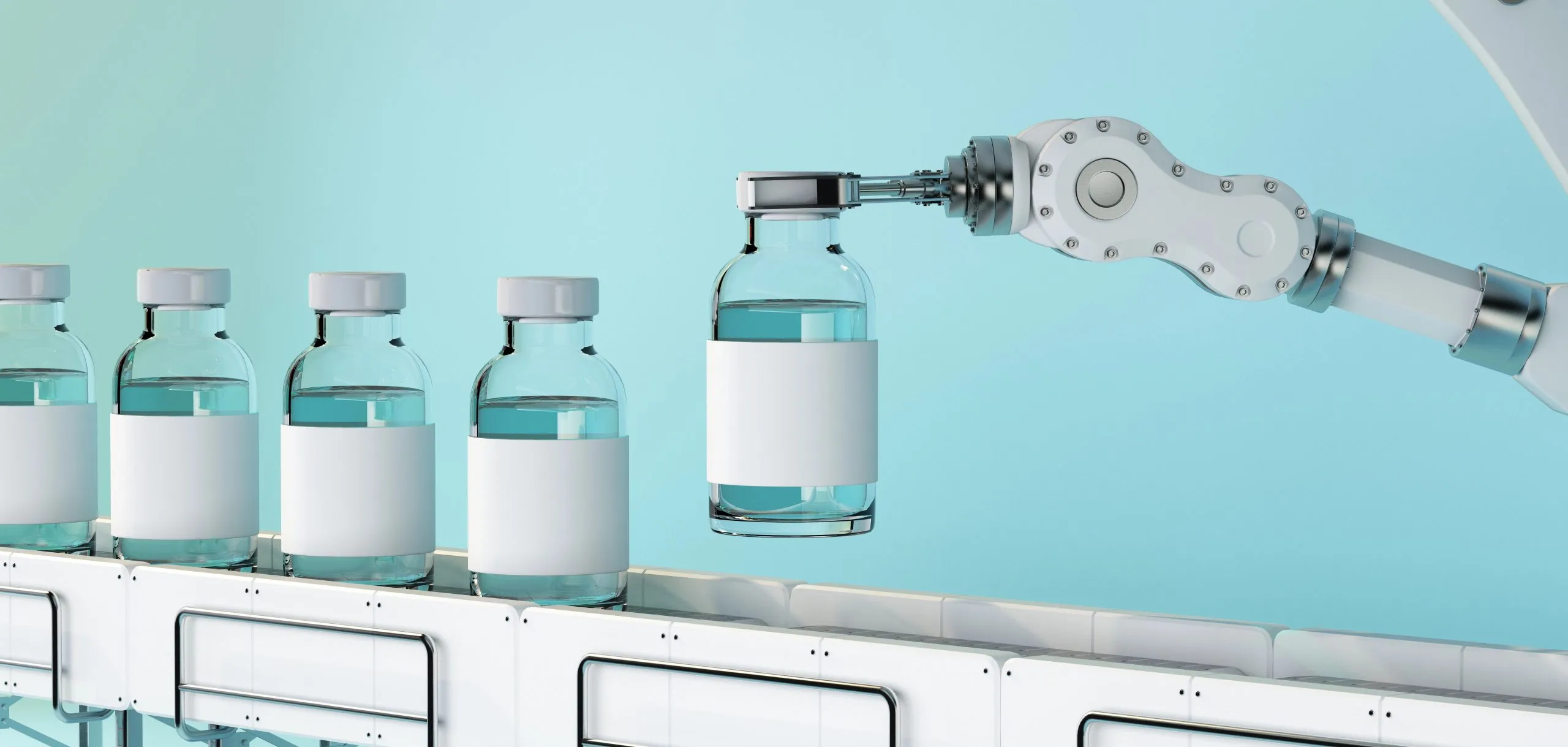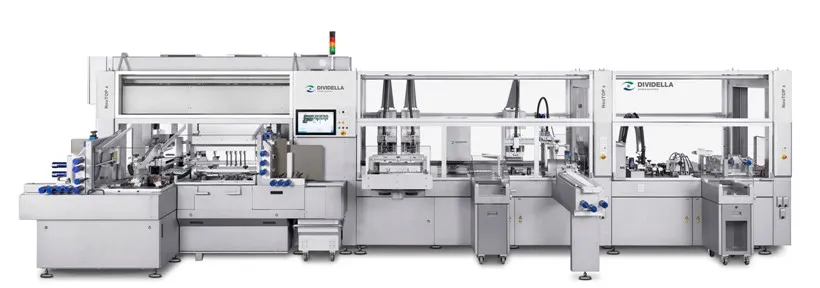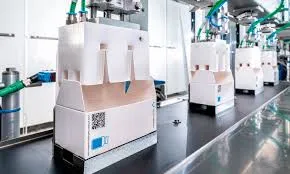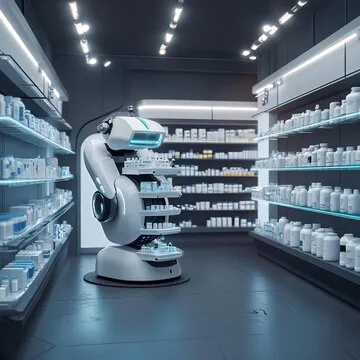
The Future of Pharmaceutical Packaging Automation
The pharmaceutical industry stands at the precipice of a technological revolution, with packaging automation emerging as a critical frontier for innovation. As global demand for pharmaceuticals continues to rise and regulatory requirements become increasingly stringent, the future of pharmaceutical packaging automation is evolving toward more intelligent, flexible, and sustainable solutions. This transformation is driven by advancements in robotics, artificial intelligence, Internet of Things (IoT) technologies, and the growing need for personalized medicine.

Technological Drivers Shaping the Future
Robotics and Collaborative Automation
The integration of robotics in pharmaceutical packaging has moved beyond simple mechanical tasks to sophisticated, AI-driven systems. Future packaging lines will feature collaborative robots (cobots) that work alongside human operators, enhancing both safety and efficiency. These advanced robotic systems will be capable of handling delicate primary packaging materials, performing complex inspection tasks, and adapting quickly to different product formats without extensive reconfiguration.
Artificial Intelligence and Machine Learning
AI and machine learning algorithms are revolutionizing quality control in pharmaceutical packaging. Smart vision systems powered by deep learning can detect microscopic defects, verify label accuracy, and ensure proper sealing with unprecedented precision. These systems continuously improve their detection capabilities through experience, reducing false rejects while maintaining the highest quality standards. Predictive maintenance algorithms will also minimize downtime by anticipating equipment failures before they occur.

Internet of Things (IoT) and Connectivity
The future of pharmaceutical packaging is inextricably linked to IoT technology. Smart packaging lines will feature interconnected devices that communicate seamlessly, enabling real-time monitoring and data exchange. Sensors embedded throughout the packaging process will track parameters such as temperature, humidity, and machine performance, creating a comprehensive digital thread for each product batch. This connectivity facilitates complete traceability from raw materials to finished products, enhancing both quality assurance and supply chain visibility.
Flexibility and Personalization Trends
The pharmaceutical industry is increasingly moving toward personalized medicine and smaller batch sizes, necessitating more flexible packaging solutions. Future automated packaging systems will need to accommodate rapid changeovers between different product formats, packaging materials, and labeling requirements. Modular packaging platforms that can be easily reconfigured for various production needs will become standard, allowing manufacturers to respond quickly to market demands.
| Technology | Current Application | Future Potential |
|---|---|---|
| Robotic Packaging | Primary packaging tasks | Fully autonomous flexible lines |
| AI Quality Control | Visual inspection | Predictive quality analytics |
| IoT Connectivity | Machine monitoring | End-to-end supply chain integration |
| Additive Manufacturing | Prototyping | On-demand packaging production |

Regulatory Compliance and Serialization
Pharmaceutical packaging automation must continuously evolve to meet increasingly complex global regulatory requirements. Serialization mandates, which require unique identifiers on pharmaceutical packages to combat counterfeiting, have already driven significant automation investments. Future systems will need to incorporate even more sophisticated track-and-trace capabilities, potentially leveraging blockchain technology for enhanced security and transparency. Automated documentation and validation processes will also become more streamlined through digital validation platforms and electronic batch records.
Sustainability in Packaging Automation
Environmental concerns are reshaping pharmaceutical packaging automation, with a growing emphasis on sustainable materials and processes. Future automated systems will be designed to handle eco-friendly packaging materials, reduce waste through precision dispensing and application, and optimize energy consumption. Smart automation will enable right-sized packaging, eliminating excessive material use while maintaining product protection and integrity. Additionally, automated sorting systems will facilitate packaging recycling and reuse initiatives.

Challenges and Implementation Considerations
Despite the promising future, several challenges remain in the widespread adoption of advanced packaging automation. These include high initial investment costs, the need for specialized technical expertise, cybersecurity concerns with connected systems, and regulatory acceptance of fully automated processes without human oversight. Pharmaceutical companies must carefully evaluate their automation strategies, considering factors such as production volume, product complexity, and return on investment timelines.
Conclusion
The future of pharmaceutical packaging automation is poised to transform how medicines are packaged, distributed, and consumed. Through the integration of advanced technologies such as AI, robotics, and IoT, packaging systems will become more intelligent, efficient, and adaptable. These advancements will not only enhance operational efficiency but also improve patient safety through superior quality control and anti-counterfeiting measures. As the industry continues to evolve, pharmaceutical companies that embrace these automation trends will be better positioned to meet the challenges of tomorrow's healthcare landscape.

